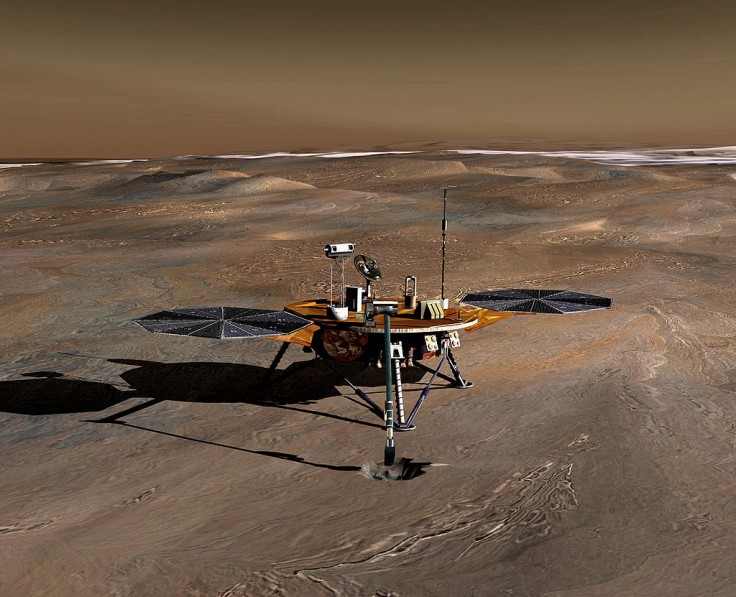
China is planning to launch two spacecraft using a single Long March 5 rocket. This ambitious mission named Tianwen 4 aims to launch a pair of spacecraft that will separately investigate Jupiter and Uranus around 2030.
China's Jupiter and Uranus Mission
Previously, China has asserted to be in the planning stages of a Jupiter mission.
During earlier presentations, as per Space.com, China is reportedly discussing either focusing on Callisto or studying Jupiter's erratic satellites. Investigating Callisto might reveal about the moon and the history of the Jovian system. Meanwhile, researching the planet's erratic satellites may reveal information about the formation of the solar system.
However, new details about China's Jupiter mission were presented at the International Astronautical Congress 2022 in Paris on Sept. 21.
As previously mentioned, there would be two separate Chinese spacecraft, a bigger and smaller one, that will study Jupiter and Uranus, respectively.
The main spacecraft, a larger probe, will be used to study the Jupiter system and will eventually orbit Callisto to conduct a thorough study of the Galilean moon.
Meanwhile, a smaller spacecraft will be launched to fly by distant Uranus.
China's Space Missions
China's Jupiter and Uranus missions is just a part of the country's program to explore the solar system. The mission as a whole is called "Tianwen."
China sent the Tianwen 1 orbiter and Zhurong rover to Mars more than two years ago as part of its first independent interplanetary mission.
A sample-return mission to the small near-Earth asteroid Kamo'oalewa will be carried out by Tianwen 2 in 2025.
The dual-launch Mars sample return mission known as Tianwen 3 will bring the first samples ever brought back from the Red Planet to Earth. It could launch as early as 2028.
As previously mentioned, the Jupiter/Uranus mission would be called Tianwen 4.
China Plans to Launch Nuclear-Powered Mission to Neptune
A nuclear-powered Neptune Explorer is another mission being considered by China. This mission might include investigating the planet, its biggest moon, as well as its other satellites and rings.
Researchers from the China National Space Agency (CNSA), the Chinese Academy of Sciences (CAS), the China Atomic Energy Authority, the China Academy of Space Technology, as well as several universities and institutions, would research the ice giant mission, according to a news story by Universe Today.
Neptune is said to have had a significant impact on the creation of the Solar System in addition to having an interesting interior structure.
Another mystery that has persisted for a long time is the origin of Triton, the biggest moon of Neptune, which astronomers believe to be a planetoid that was ejected from the outer Solar System and attracted to Neptune by its gravity.
Basically, research into Neptune, its satellites, and its orbital dynamics may shed light on how the Solar System arose and formed.









